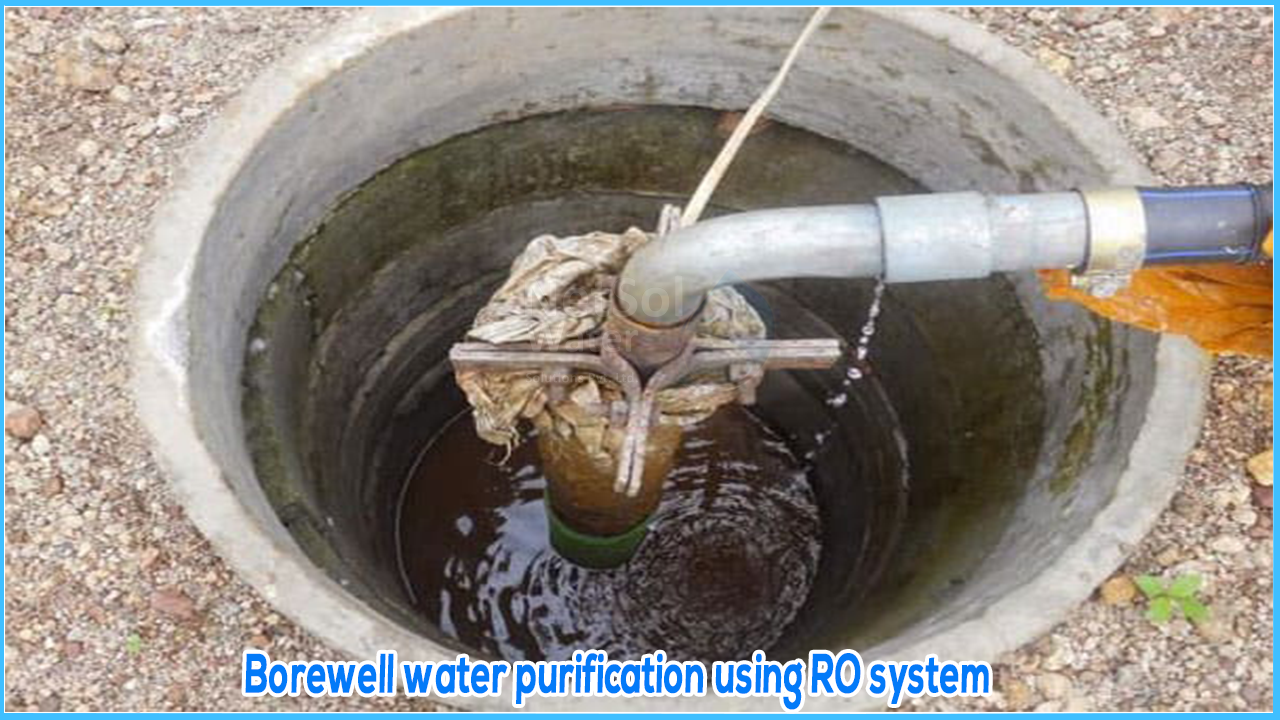Most of the time there will be no contaminated well water symptoms to tell if well water isbad. There could be many health problems from drinking well water which is bad. If the health issues with well water are due to the presence of heavy metals like arsenic, then it is the most dangerous.
How to make bore well water safe?
Depending on the water test results of the well or borewell water, these are the steps on how to clean well water for general utility purposes including drinking.
- Borewell water safe with no problems
If you are lucky with your borewell water and the well water test results prove that the well water is safe and does not have any contaminants above the maximum contaminant level, then all you need to do is to have a simple cartridge filter and also to remove any odours and to improve the taste of water, install an Activated Carbon filter.
- How to remove Arsenic from borewell water or well water?
If the test results show that there is Arsenic or other heavy metal poisonings of the well or borewell water, then the best way to purify well water will be to use a Reverse Osmosis or RO purifier unit. There are other methods to remove Arsenic from well water but RO is the most practical and reliable way to get rid of Arsenic from water.
- Whole house water purification system for borewell water
Whole house borewell or well water purification system with an RO plant is the best solution for all well water problems like Arsenic, Bacteria, iron, bad smell, heavy metals, etc. A Reverse Osmosis Purifier Plant or a Nanofiltration plant will get rid of all known impurities of well water. To calculate the capacity of the whole house water purification system for well water with a Reverse Osmosis water purifier plant, it should be assumed that the average daily need of water per person is 200 litres. So for example, a family of 6 will need 6x200=1200 litres of purified water per day from the RO water purifier plant.
RO purifier plants are usually classified as having a flow of so many Litres per Day or LPD of purified water. Since the reject water of an RO plant is clean highly filtered water with a higher TDS, it can be used to flush toilets, cleaning floors, watering plants and so on. The product RO purified water should be used only for drinking, cooking, bathing, etc.
So you should have separate tanks for RO purified water and RO reject water. The house piping should be so arranged that all the water going to the toilet flushes should come from the overhead tank for RO reject water. One separate tap should be there in each bathroom and outside the kitchen connected to the RO reject water tank. Water from this pipe will be used for washing floors and such work where you will not require purified low TDS RO product water.
The reject water of an RO purifier has already undergone fine filtration and has been disinfected to protect the RO membranes and this was done before the whole raw water to the RO was pumped under high pressure to the RO membrane. From this purified raw water, pure water goes through the membranes into the purified water tank and the reject water flows out the reject water tank. The reject water from the RO water purifier will have higher salt content due to rejection by the RO membrane.
If it is assumed that 20% of the pure water required by a household is used in flushing toilets and washing floors, then you could get away with a smaller whole house RO plant. For cleaning, initially you could use the RO reject water and final rinses with the RO permeate pure water. This is because the reject water of the RO contains a lot of salts, and when the water dries, these salts would leave a scale, a whitish colour stain marks on the cleaned surface. You avoid this by a final flush with the pure permeate water.




